
One pass,
endless discoveries
Save up to 50% on the top attractions, tours and activities with the Rimini Pass

Save up to 50% on the top attractions, tours and activities with the Rimini Pass
Pick your pass and plan your perfect trip!

24 hours validity
24 Hours Local Public Transport Ticket
Audioguides with 30+ points of interest
Domus of the Surgeon of Rimini
City Museum of Rimini
Fellini Museum of Rimini
Malatesta fortress of Verucchio
Archaeological Museum of Verucchio
Monumental Cave of Santarcangelo and Casamatta
San Leo fortress
Museum of Sacred Art of San Leo
Castle of Montefiore Conca
Button Museum of Santarcangelo
Discount at the Onferno Caves (UNESCO World Heritage)
30% discount for Mirabilandia
Up to 10% off Oltremare, Italia in Miniatura, Aquafan, Cattolica Aquarium, Fiabilandia
Up to 20% off shopping, restaurants, and other activities
Discounts on experiences at the Misano World Circuit

3 days validity
3 Days Local Public Transport Ticket
Audioguides with 30+ points of interest
Domus of the Surgeon of Rimini
City Museum of Rimini
Fellini Museum of Rimini
Malatesta fortress of Verucchio
Archaeological Museum of Verucchio
Monumental Cave of Santarcangelo and Casamatta
San Leo fortress
Museum of Sacred Art of San Leo
Castle of Montefiore Conca
Button Museum of Santarcangelo
Discount at the Onferno Caves (UNESCO World Heritage)
30% discount for Mirabilandia
Up to 10% off Oltremare, Italia in Miniatura, Aquafan, Cattolica Aquarium, Fiabilandia
Up to 20% off shopping, restaurants, and other activities
Discounts on experiences at the Misano World Circuit

7 days validity
7 Days Local Public Transport Ticket
Audioguides with 30+ points of interest
Domus of the Surgeon of Rimini
City Museum of Rimini
Fellini Museum of Rimini
Malatesta fortress of Verucchio
Archaeological Museum of Verucchio
Monumental Cave of Santarcangelo and Casamatta
San Leo fortress
Museum of Sacred Art of San Leo
Castle of Montefiore Conca
Button Museum of Santarcangelo
Discount at the Onferno Caves (UNESCO World Heritage)
30% discount for Mirabilandia
Up to 10% off Oltremare, Italia in Miniatura, Aquafan, Cattolica Aquarium, Fiabilandia
Up to 20% off shopping, restaurants, and other activities
Discounts on experiences at the Misano World Circuit
Navigate around the city and book top attractions, tours and experiences with the Rimini Pass.
Save up to 50% vs buying individual attraction tickets.
Discover top attractions, tours and experiences.
Navigate offline and discover the city with our tours.
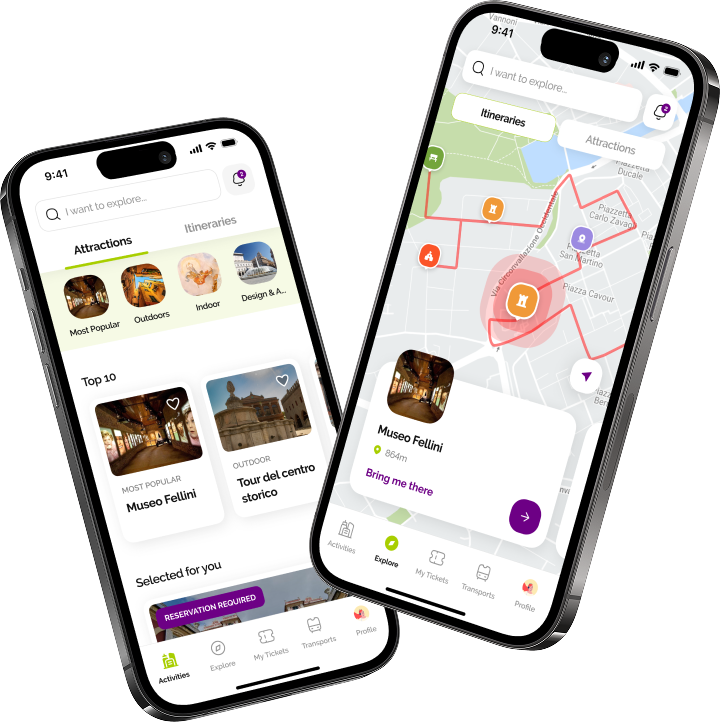
From the Fellini Museum to discounts
on top attractions like Mirabilandia
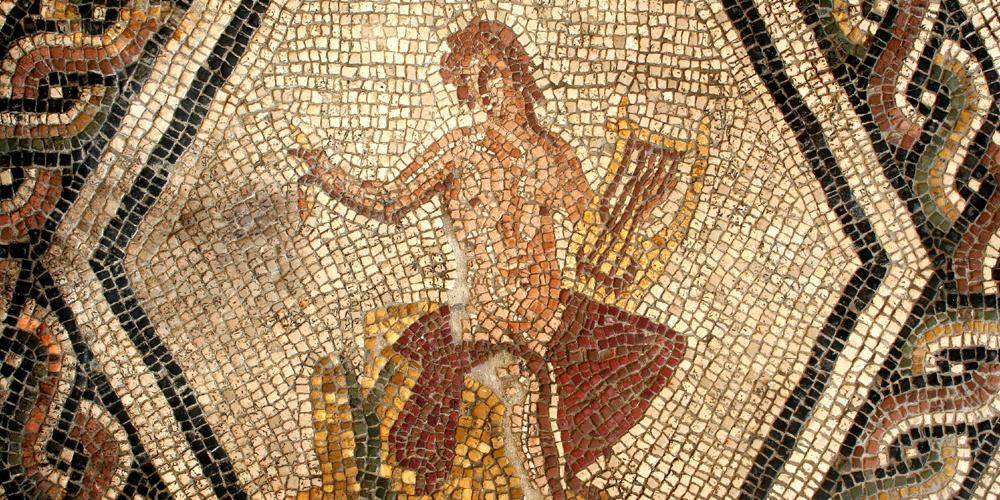
Art & History
The area covers 700 square meters and includes several structures, the most notable of which is the so-called Domus del Chirurgo (House of the Surgeon). These are the remains of an ancient Roman domus dating back to the 2nd century AD. Excavations began in 1989 and the site was opened to the public in 2007. The digs also revealed other important structures: remains of a late imperial residence, traces of an early medieval settlement, and a large burial ground beneath it — all evidence of significant historical layering. Particularly important is the large number of artifacts, mosaics, and frescoes discovered on-site. Well preserved, they allowed for an accurate reconstruction of the house and the identity of its owner, shedding light on a fascinating chapter of Rimini’s past. The most exceptional find at the site is a collection of 150 surgical instruments, leaving no doubt as to the identity of the homeowner: a doctor. It appears that Eutyches, his name, came from a Hellenic background and, as often happened in antiquity, received his training on the battlefield. In fact, the instruments were mainly used for treating bone trauma and wounds, suggesting that Eutyches was likely a military doctor. Piazza Luigi Ferrari, 47921 Rimini RN
Tuesday to Sunday
10 AM – 1 PM and 4 PM – 7 PM
Monday
Closed
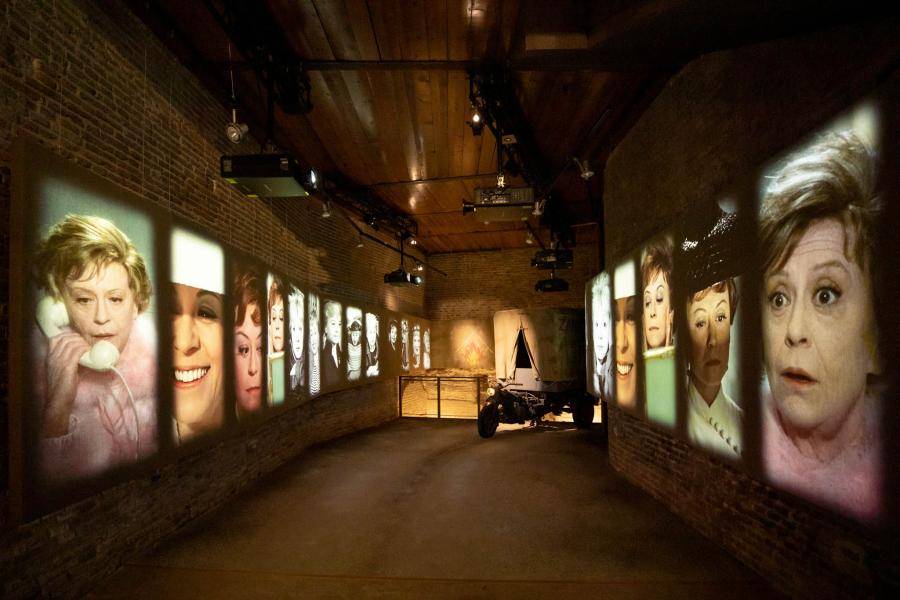
Most Popular
The Fellini Museum, recognized as a Great National Project by the Italian Ministry of Culture, spans three locations in Rimini: Sismondo Castle, Fulgor Palace, and Malatesta Square. At Sismondo Castle, immersive installations explore Federico Fellini’s imagination and philosophy, forming a ""narrative museum"" that invites visitors to experience—not just learn about—his visionary world. Highlights include the Confessionals of Professions, the Hall of Swings, the Dreaming Giantess, and The Book of Dreams. Outside the castle, mist evokes the ship Rex from Amarcord, and the Wood of Names, created by Tonino Guerra, honors Fellini and other great directors with engraved stone flowers and lanterns dedicated to Tolstoy. Across the square, Fulgor Palace, an 18th-century building, has been transformed into a monochrome, vertical exhibition space. Through interactive and visual tools, it offers a journey through Fellini’s cinematic imagery. Key spaces include the Room of Words, Cinemino, House of the Magician, and areas for temporary exhibitions like Room 30 and the Hall of Architecture. Castel Sismondo, Piazza Malatesta, 47921 Rimini RN
Tuesday to Sunday
Castel Sismondo 10 AM – 1 PM and 4 PM – 7 PM Palazzo del Fulgor 11 PM – 5 PM
Monday
Closed
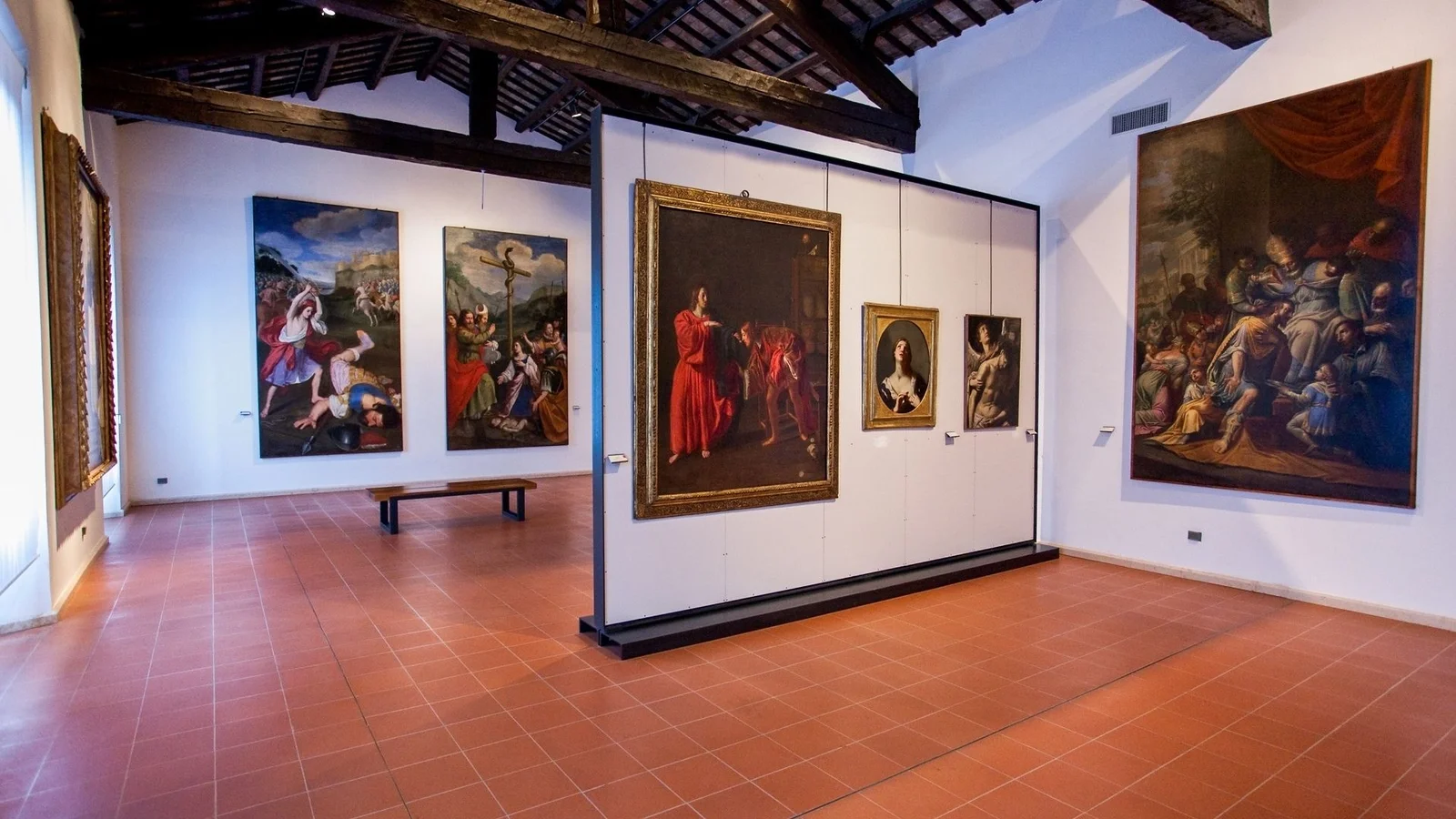
Art & History
Rimini is a city rich in millennia-old heritage, and the Museo della Città (City Museum) tells the story of its historical and cultural identity. Housed in the 18th-century Jesuit College and named in 2015 after Rimini-born historian Luigi Tonini, the museum holds civic artifacts from archaeological excavations, churches, city buildings, and important deposited works. Here unfolds the story of human presence in the Rimini area, from prehistory to the contemporary era. A journey spanning a million years begins on the beach, where early humans chipped flint, and continues—through archaeology and art—with extraordinary highlights. Unique is the collection of surgical instruments from a 3rd-century doctor, as is the extremely rare glass painting (pinax) that once decorated his domus. The museum’s Pinacoteca (art gallery) displays masterpieces of the ""Rimini School,"" one of the most significant artistic movements of the 14th century, inspired by Giotto’s teachings. From the golden age of the Malatesta rule come works by renowned artists such as Giovanni Bellini, Domenico Ghirlandaio, Agostino di Duccio, Pisanello, and Matteo de' Pasti. The 17th century is represented by remarkable paintings from internationally acclaimed masters—from the exuberant Guido Cagnacci, to the more contemplative Centino, Guercino with his refined use of color, and Simone Cantarini. A permanent section is dedicated to the graphic works of René Gruau, an internationally renowned figure in fashion illustration. The visit concludes with a depiction of Piazza Cavour, painted by Filippo De Pisis during his stay in Rimini in 1940, tracing the evolution of the city’s appearance through time. Via Luigi Tonini, 1, 47921 Rimini RN
Tuesday to Sunday and holidays
10:00 AM – 1:00 PM and 4:00 PM – 7:00 PM
Mondays
Closed
Wednesdays and Fridays in July and August
9:00 PM – 11:00 PM
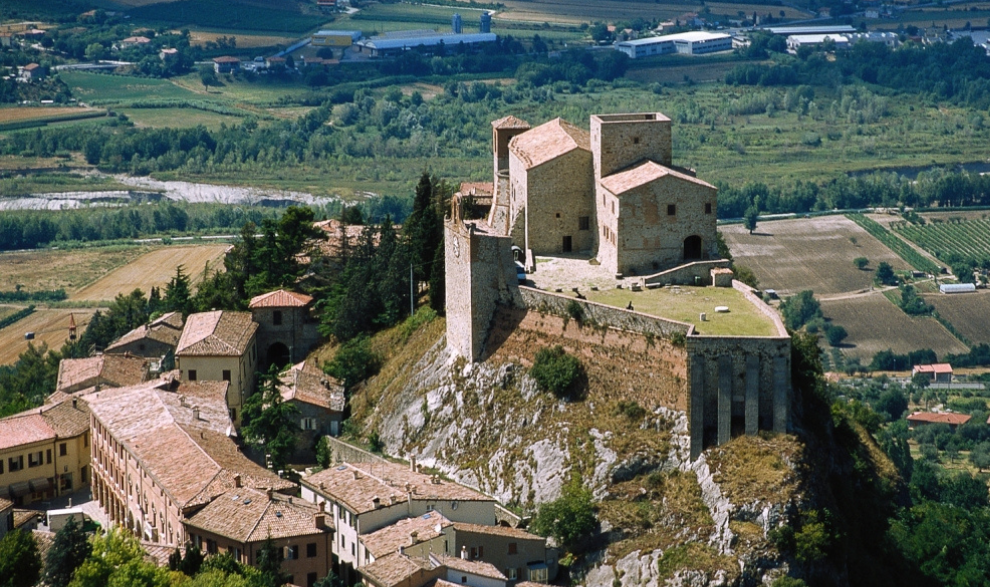
Art & History
Rocca del Sasso stands in Verucchio, a beautiful town in Romagna. It belonged to a noble and wealthy family from the Rimini area, among the most influential of the Middle Ages, who from 1295 to 1500 ruled unchallenged the Seignory of Rimini and the surrounding territory. Malatesta da Verucchio, founder of the family that Dante calls Mastin Vecchio in the Divine Comedy, was born right here! After a short uphill cobblestone road, you enter the garden of the Rocca, where you are greeted by a guardhouse with a clock and from which you can admire the incredible panorama that ranges from the Apennines to the sea. The Rocca is one of the most interesting Malatesta fortresses because of its state of preservation. You can also discover the history of the Malatesta family through a large family tree in the Great Hall. The displays and rooms inside bring to life the Middle Ages and the hegemony of the Malatesta family. Finally, there is a breathtaking panoramic view of the entire valley from the High Tower. Via Rocca, 1, Verucchio RN, Italia
April, May, June, September
daily 10:00 AM – 1:00 PM and 3:00 PM – 6:30 PM
July and August
daily 9:30 AM – 12:30 PM and 4:00 PM – 8:00 PM
January, February, March, October, November, December
Saturdays, Sundays, and holidays 10:00 AM – 1:00 PM and 2:30 PM – 6:00 PM
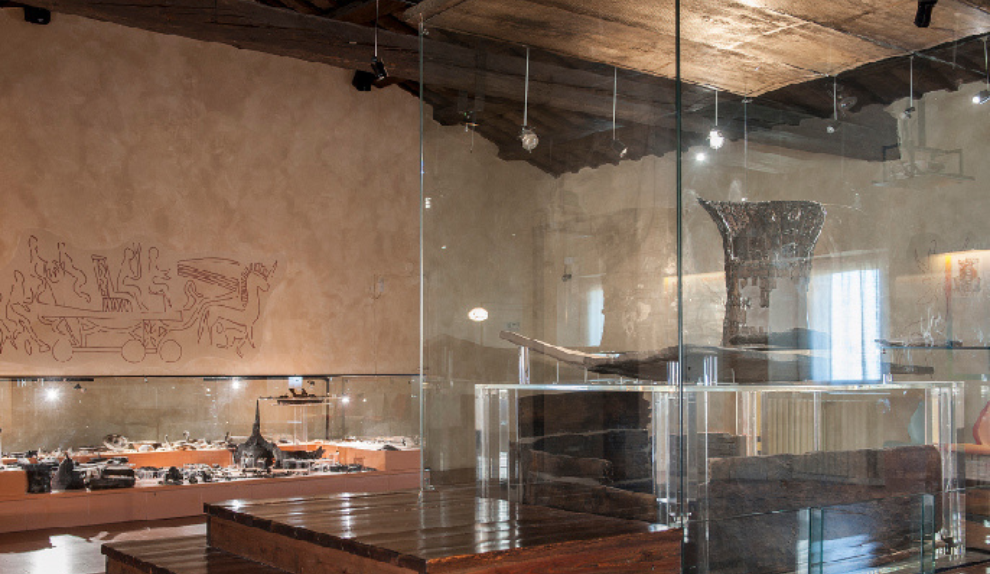
Art & History
The Verucchio Archaeological Museum is housed inside the monastery of St. Augustine. With a panoramic balcony, a loggia, an ancient well and a small amphitheater, the Museum is a silent and magical place where the soul is soothed. The collection takes you on a journey into the Villanovan civilization (between the 9th and 7th centuries B.C.), through finds in excellent condition, which come from the excavations of the village necropolises. These include a spectacular throne, inlaid with scenes of life, a unique burial trousseau! The remains of the tombs tell you about daily life in this Villanovan village, the role of warriors and a people who traded amber from the Baltic Sea. You can see perfectly preserved organic remains from more than 2,000 years ago, remnants of ancient clothing, and incredible jewelry and ornaments. Via Sant'Agostino, 14, Verucchio RN, Italia
April to October
10:00 AM – 6:00 PM
October to March
Wednesdays and Fridays 9:00 AM – 1:00 PM; Saturdays, Sundays 10:00 AM – 6:00 PM
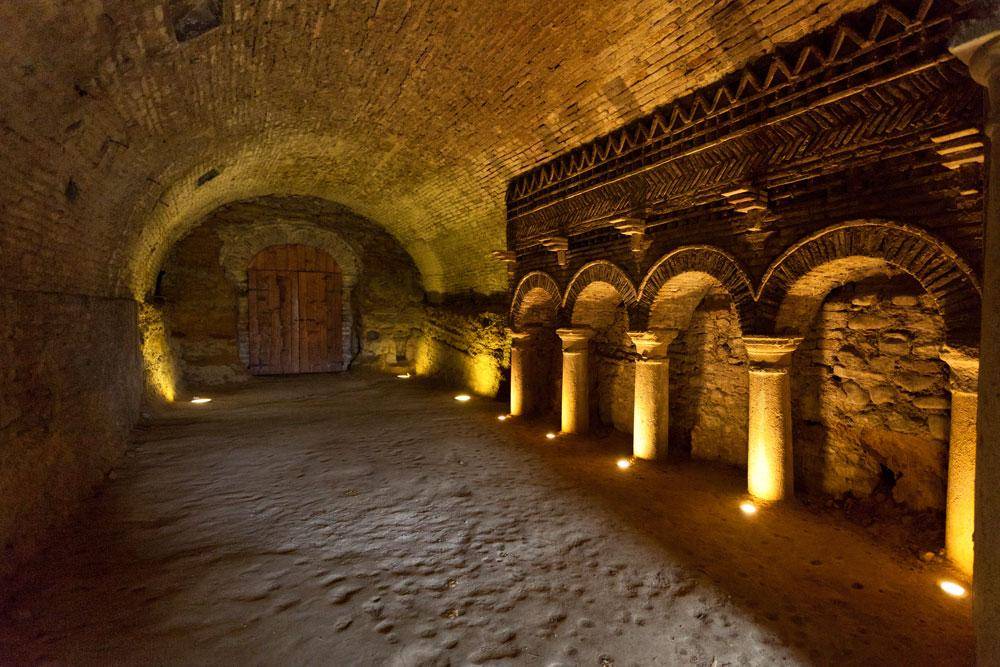
Art & History
Santarcangelo hides an underground and mysterious history, where cavities, wells, tunnels, and passageways form another city beneath the visible one, made up of no fewer than 160 caves. A must-see is the guided tour inside the public monumental cave (Amati/Contradina), a journey back in time through a sort of labyrinth, uncovering ancient legends and thrilling stories. If you let yourself be captivated by the evocative atmosphere, your imagination will transport you to scenes of ancient religious rites and solemn processions. The tour also includes the casamatta (bunker) in the archaeological area of Piazza Balacchi. Via Sant'Agostino, 14, Verucchio RN, Italia
27 March – 26 October
10:00 AM to 5:30 PM
27 October – 26 March
10:00 AM to 5:00 PM
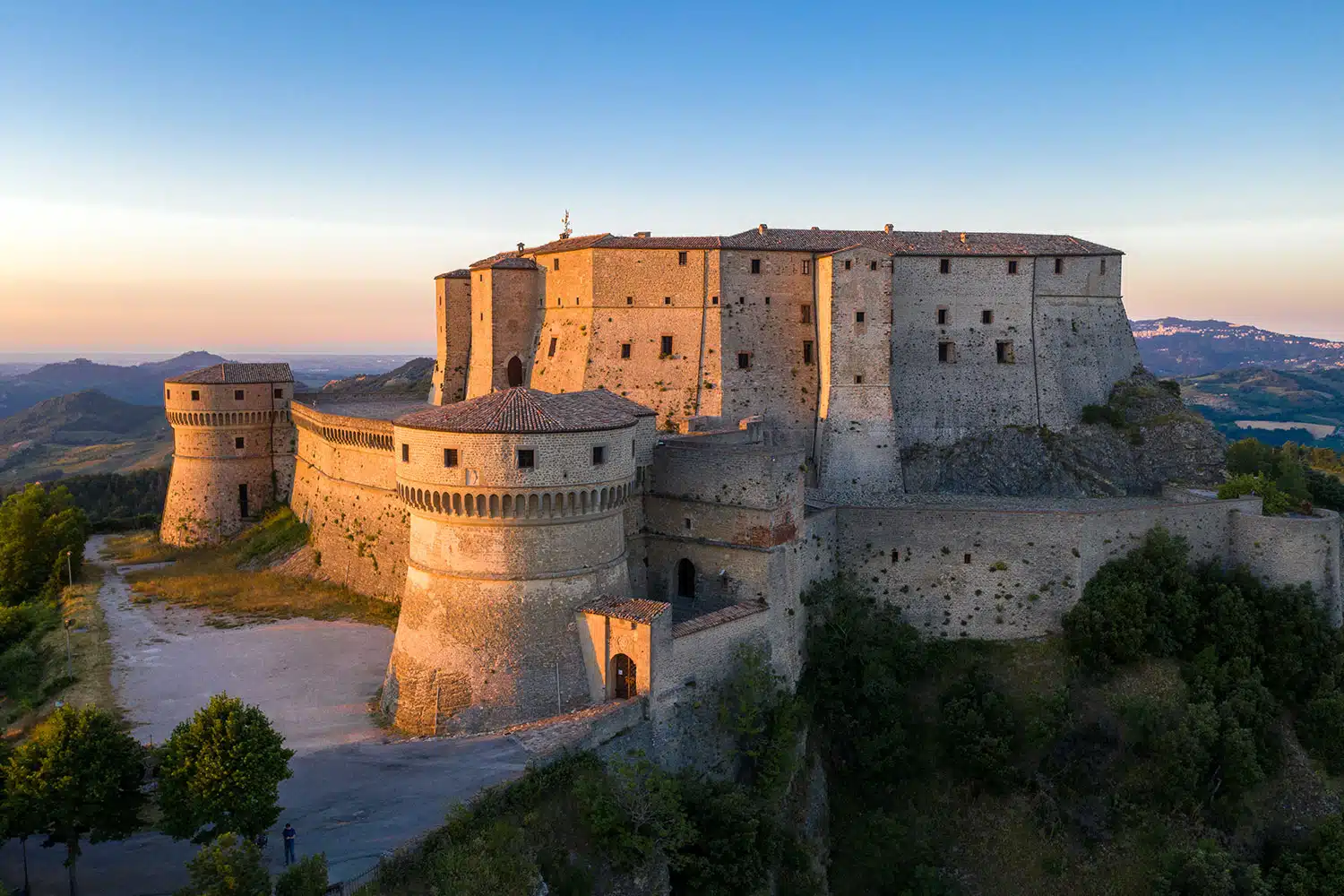
Outdoor
The mighty limestone rock of San Leo, carried from the Tyrrhenian Sea to the Adriatic during the Miocene epoch, with its steep, sheer perimeter walls, forms a natural fortress in itself. The land of Romagna deeply influenced the Supreme Poet (Dante Alighieri) in composing his greatest work, the Divine Comedy. This educational course guides teachers through the Cantos, starting with an understanding of the local places, and the historical and political events of our region, in order to grasp their impact on Dante's work. At the same time, it teaches how to use these places as tools for experiential learning, offering valuable ideas for planning educational activities with students on this theme. The Romans, recognizing this site’s exceptional natural defensibility, built the first fortification at the summit of the mountain. During the Middle Ages, the fortress was fiercely contested by Byzantines, Goths, Franks, and Lombards. Berengar II, the last king of the Lombard Kingdom of Italy, was besieged here by Otto I of Saxony between 961 and 963. During this time, the fortress even assumed the role of capital of Italy. Around the mid-11th century, the Counts of Montecopiolo descended from Carpegna to settle in San Leo—then known as Montefeltro. From this important fiefdom, they took the name and title of Counts of Montefeltro. In the second half of the 14th century, the Malatesta conquered the fortress, and power alternated between them and the Montefeltro family until the mid-15th century. In 1441, the young Federico da Montefeltro carried out a daring climb to capture the Rocca. Meanwhile, the art of warfare had undergone major innovations, and the medieval structure of the fortress—with its simple, sloped square towers arranged around a central keep—was no longer adequate against the rising threat of firearms. Federico entrusted the great Sienese architect and engineer Francesco di Giorgio Martini with redesigning the fortress to meet the new demands of warfare. Piazza Dante Alighieri, 14, 47865 San Leo (RN)
Monday to Friday
10:30 AM to 6:45 PM (last entry at 6:00 PM)
Saturday, Sunday, and holidays
10:00 AM to 7:45 PM (last entry at 7:00 PM)
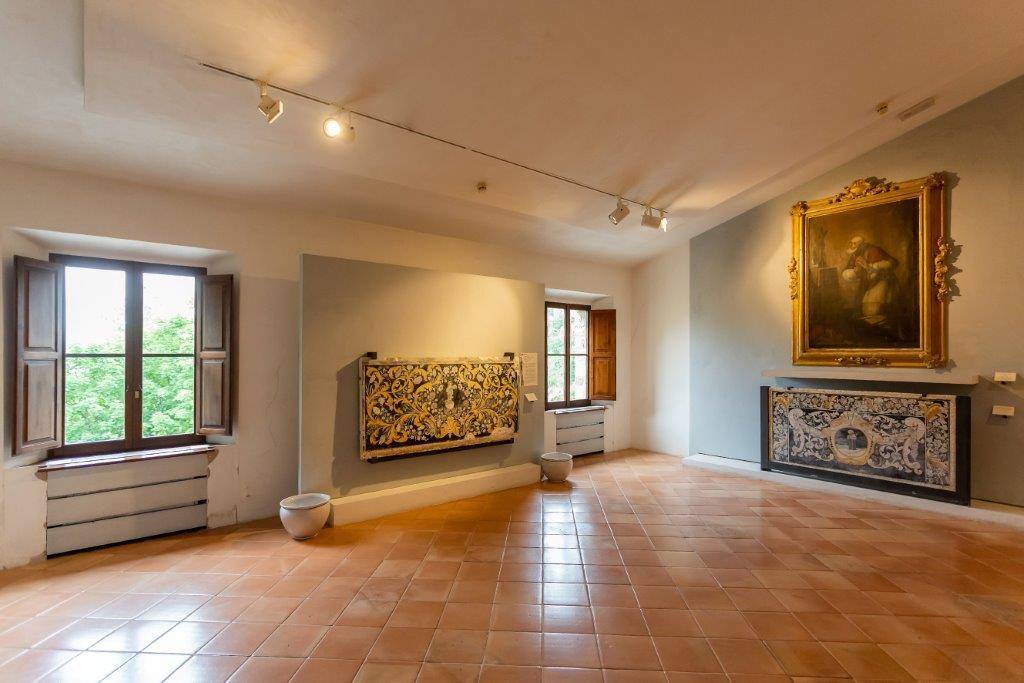
Art & History
Strongly desired by the Bishopric of San Marino-Montefeltro and the Municipal Administration of San Leo, the Museum of Sacred Art was established in 1996 in the Medici Palace. The original collection includes a series of works from the San Leo area, mostly originating from places of worship that, for various reasons, can no longer preserve them (in fact, most had already been removed from their original settings many years ago). These are works related to sacred art, intended for altars or convent rooms, often linked to specific events. All of them, however, are deeply connected to their places of origin, and for this reason, the Museum ambitiously aims to serve as a mirror of the territory, reflecting the history and identity of the city and its surrounding countryside. The historical and religious significance of the works on display defines the museum’s layout, which follows a chronological path. From the 8th to the 18th century, like a small handbook, the history of art unfolds room by room, in episodes that can be viewed in connection with the city's monuments — visible from the windows of the Medici Palace. The exhibition layout follows the typical floor plan of the palace’s main floor, organized into four large rooms on either side of a central hallway. This hallway has been set up as a Lapidarium, displaying sculptural fragments dating from the 8th to the 13th century.
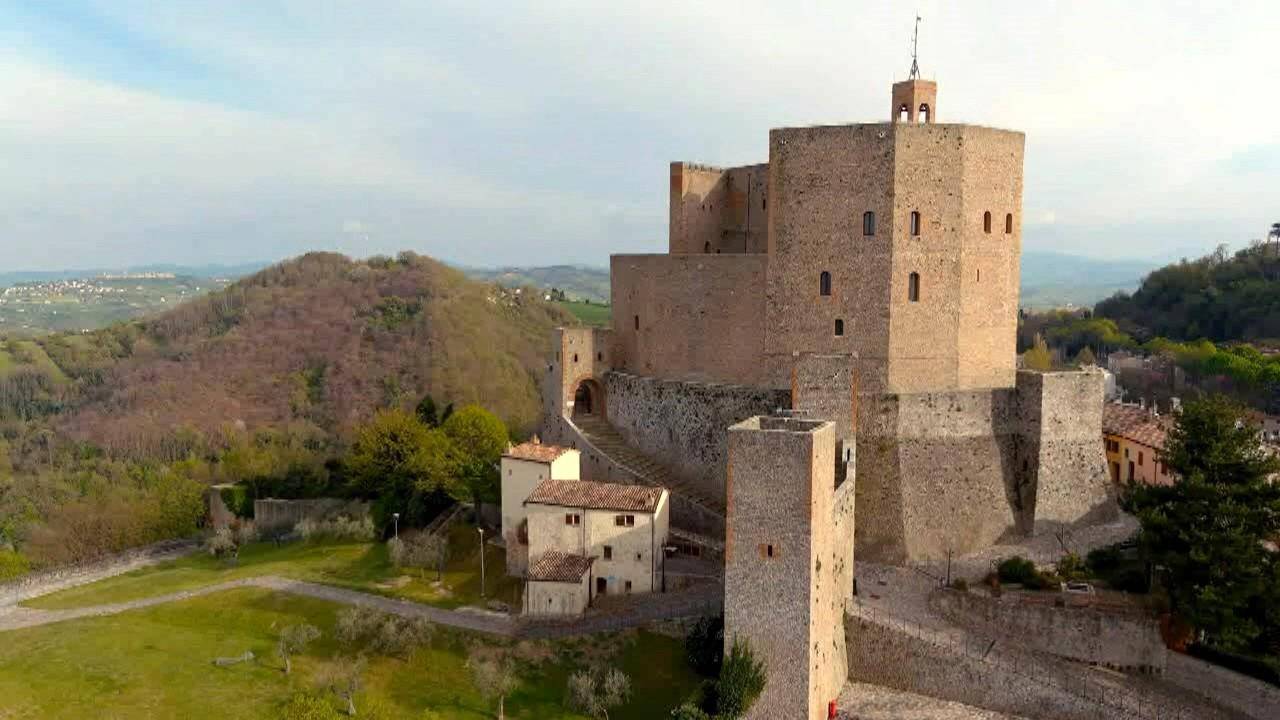
Outdoor
Montefiore Conca is the medieval capital of the Conca Valley and one of the favorite towns of the Malatesta family. It is part of the ""Most Beautiful Villages of Italy"" circuit and holds the Orange Flag quality mark. The castle, built around 1337 by order of Malatesta III, known as “il Guastafamiglia,” dominates the village and offers a panoramic view stretching from Fano to Ravenna. It became a luxurious noble residence, chosen by several members of the powerful Malatesta family. The 14th-century frescoes by Jacopo Avanzi in the “Emperor’s Room” are a true rarity. Also worth visiting are the 19th-century Municipal Theater, described by visitors as “a charming jewel box,” and the Parish Church of San Paolo, which houses valuable works of art. You cannot leave the village without visiting the Church of the Hospital, which features 15th-century frescoes and a recently restored wooden crucifix. Via XXV Aprile, 47834 Montefiore Conca RN, Italy
December and January
Sundays and holidays 10:00 AM – 1:00 PM and 3:00 PM – 6:00 PM
February to June 14
Saturdays, Sundays, and holidays 10:00 AM – 1:00 PM and 3:00 PM – 7:00 PM
June 15 to September 1
open daily except Mondays (closed for rest day)
September to November
Saturdays, Sundays, and holidays 10:00 AM – 1:00 PM and 3:00 PM – 7:00 PM
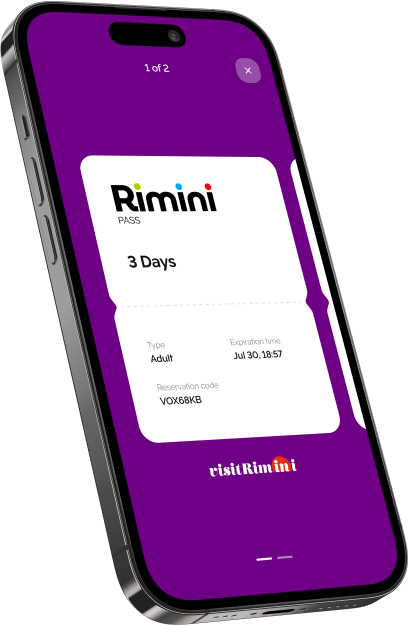
Choose your pass. Download it instantly using our app.
Scan for entry to any of the attractions included.
Buy your pass and download the Rimini Pass App.
Explore, choose and book the attractions you like most..
Show your voucher at your chosen attraction for entry.